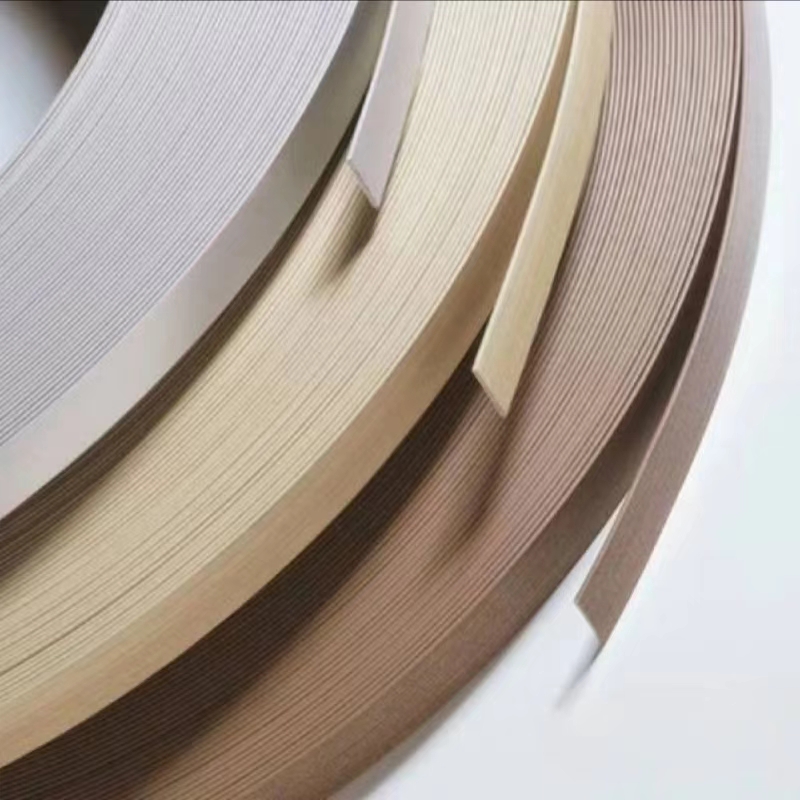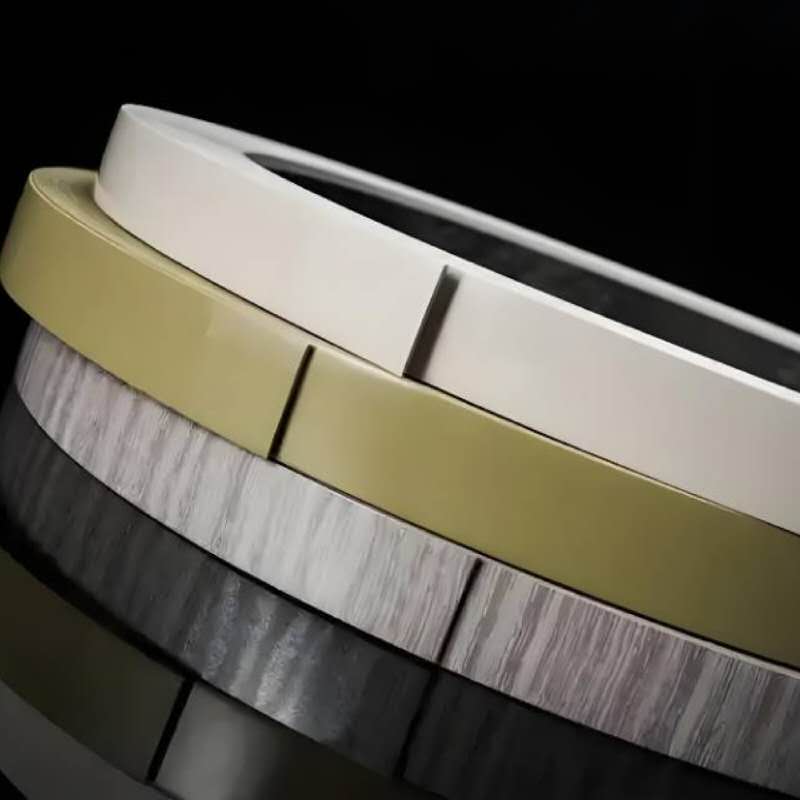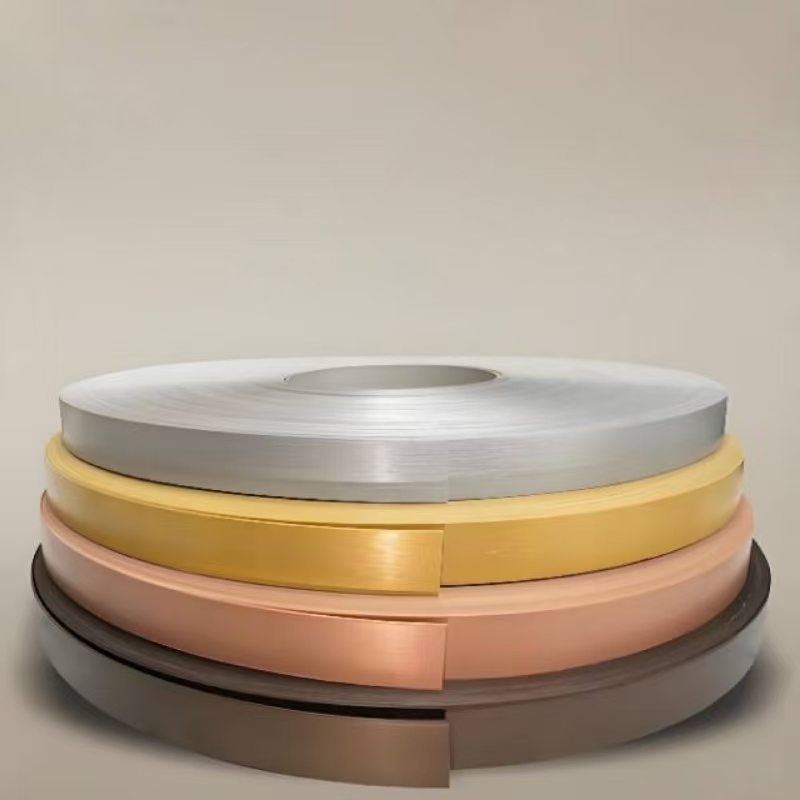PP Edge Banding: The Unsung Hero Elevating Panel Furniture Edge Banding and Decoration Edge Banding
In the fast-paced world of furniture production and interior design, every detail counts—and PP edge banding has emerged as a pivotal element reshaping how we approach panel furniture edge banding and decoration edge banding. As consumers and professionals alike demand higher standards of durability, aesthetics, and sustainability, this versatile material has stepped into the spotlight, proving that even the “small” components can redefine the quality and appeal of finished products. From residential kitchens to commercial offices, PP edge banding is no longer an afterthought but a core choice that bridges functionality and style, especially in the realms of panel furniture edge banding and decoration edge banding.
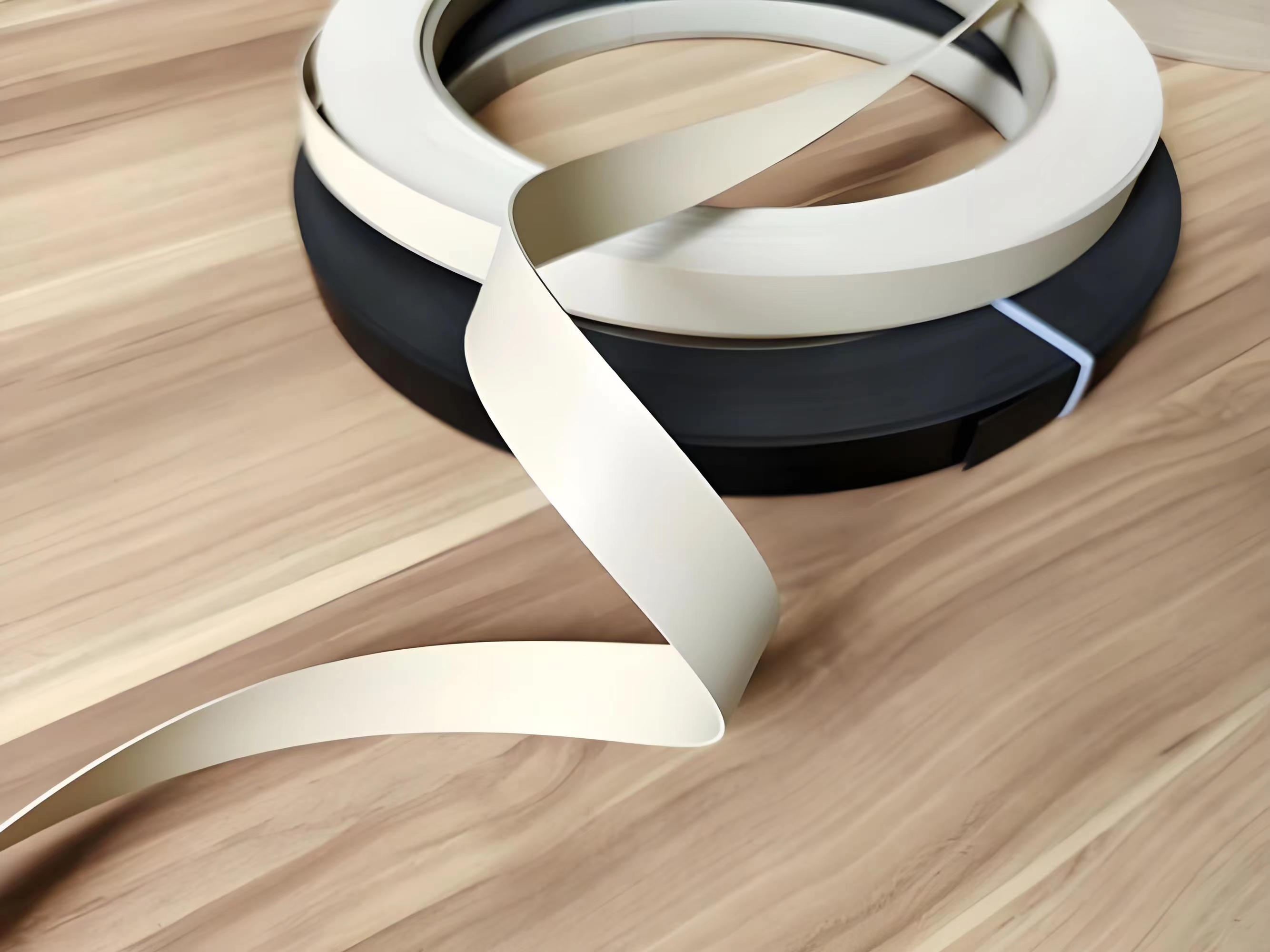 PP edge banding, made from polypropylene, stands out for its unique blend of strength and adaptability—traits that make it ideal for panel furniture edge banding. Panel furniture, crafted from materials like MDF, particleboard, or plywood, relies on edge banding to hide rough board edges, prevent moisture damage, and create a cohesive look. Unlike traditional options such as PVC or wood veneer, PP edge banding resists warping, peeling, and discoloration even in high-humidity spaces like kitchens or bathrooms. This durability is a game-changer for panel furniture edge banding, as it ensures furniture pieces retain their sleek appearance for years, reducing the need for repairs or replacements. Additionally, PP edge banding comes in a vast array of colors and textures, from realistic wood grains to solid hues, allowing manufacturers to match it seamlessly with panel furniture surfaces. Whether it’s a modern white desk or a rustic oak cabinet, PP edge banding ensures the edges blend flawlessly, elevating the overall design of panel furniture edge banding projects.
PP edge banding, made from polypropylene, stands out for its unique blend of strength and adaptability—traits that make it ideal for panel furniture edge banding. Panel furniture, crafted from materials like MDF, particleboard, or plywood, relies on edge banding to hide rough board edges, prevent moisture damage, and create a cohesive look. Unlike traditional options such as PVC or wood veneer, PP edge banding resists warping, peeling, and discoloration even in high-humidity spaces like kitchens or bathrooms. This durability is a game-changer for panel furniture edge banding, as it ensures furniture pieces retain their sleek appearance for years, reducing the need for repairs or replacements. Additionally, PP edge banding comes in a vast array of colors and textures, from realistic wood grains to solid hues, allowing manufacturers to match it seamlessly with panel furniture surfaces. Whether it’s a modern white desk or a rustic oak cabinet, PP edge banding ensures the edges blend flawlessly, elevating the overall design of panel furniture edge banding projects.
Beyond furniture, PP edge banding has become a go-to solution for decoration edge banding, transforming interior spaces with its ability to add polished, professional touches. Interior designers and homeowners now use PP edge banding to refine the edges of wall panels, floating shelves, countertop trim, and even door frames—areas where raw edges would break the flow of a room’s design. For decoration edge banding, PP edge banding offers unmatched convenience: it’s easy to cut, shape, and apply, even for DIY enthusiasts, and it requires minimal maintenance. A quick wipe with a damp cloth is all it takes to keep PP edge banding looking new, making it perfect for high-traffic commercial spaces like retail stores or hotels, where decoration edge banding needs to withstand constant use. Moreover, the eco-friendly nature of PP edge banding aligns with the growing trend of sustainable interior design, as it’s recyclable and free from harmful chemicals—an added bonus for decoration edge banding projects focused on green living.
The global demand for PP edge banding is on the rise, driven largely by the booming panel furniture industry and the expanding market for premium decoration edge banding. In regions like Asia-Pacific, rapid urbanization has led to a surge in new housing and commercial projects, all requiring high-quality panel furniture edge banding solutions. PP edge banding has become the material of choice here because it balances affordability with performance—critical for meeting the needs of mass-market furniture brands. In Europe and North America, where sustainability is a top priority, PP edge banding is gaining traction as a greener alternative to PVC for both panel furniture edge banding and decoration edge banding. Industry reports show that sales of PP edge banding are expected to grow by 8% annually over the next five years, a testament to its growing importance in the furniture and design sectors.
Manufacturers are also innovating to enhance PP edge banding’s capabilities, further solidifying its role in panel furniture edge banding and decoration edge banding. New formulations now offer improved scratch resistance, making PP edge banding even more suitable for high-use furniture like dining tables or office workstations. Some brands have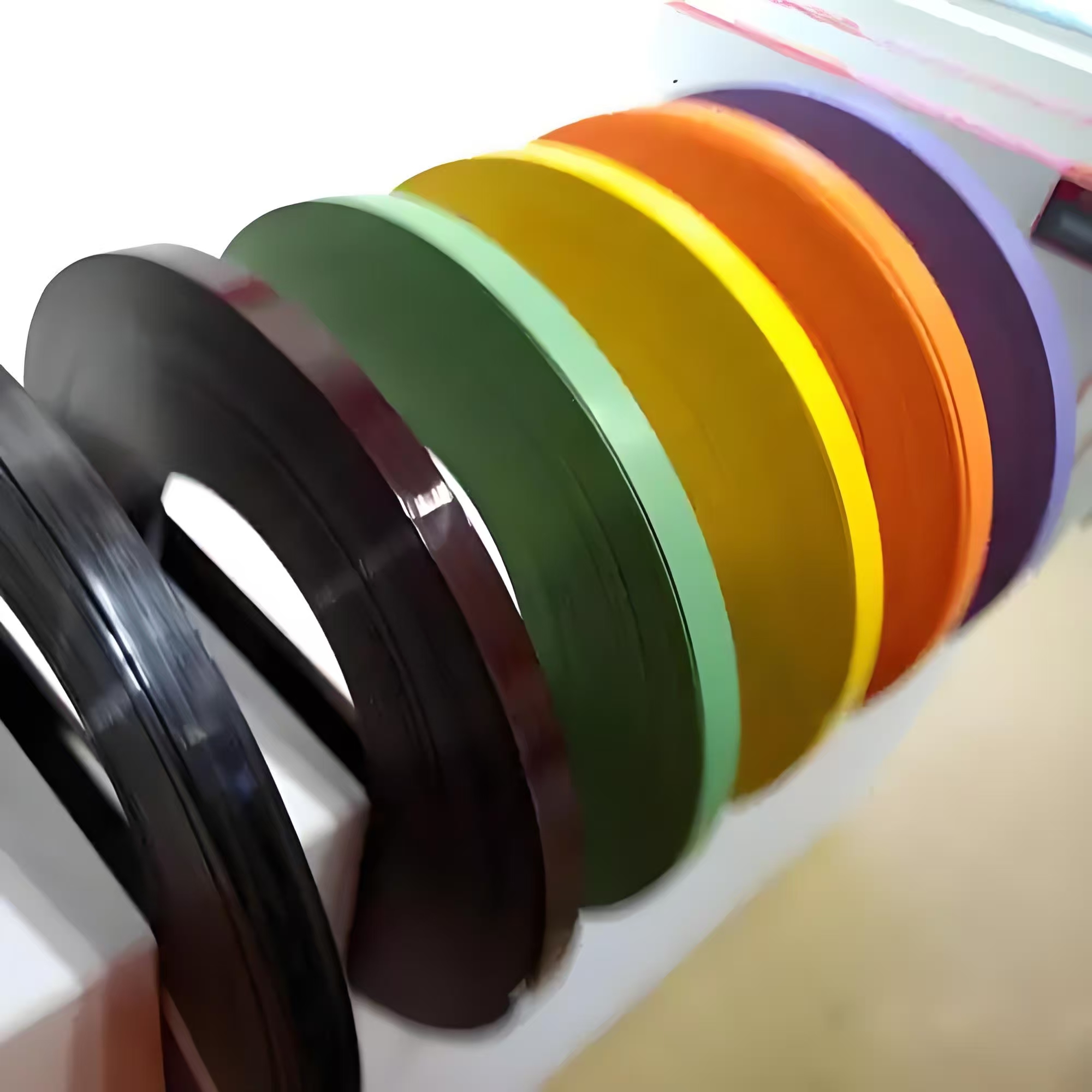 introduced fire-retardant PP edge banding, expanding its use in public spaces like schools or hospitals where safety regulations are strict—both for panel furniture edge banding and decoration edge banding. Additionally, advances in printing technology have made PP edge banding’s textures more realistic than ever; wood-grain PP edge banding can now mimic the look of rare hardwoods, while stone-patterned options match luxury countertops, allowing panel furniture edge banding and decoration edge banding to achieve high-end aesthetics at a fraction of the cost.
introduced fire-retardant PP edge banding, expanding its use in public spaces like schools or hospitals where safety regulations are strict—both for panel furniture edge banding and decoration edge banding. Additionally, advances in printing technology have made PP edge banding’s textures more realistic than ever; wood-grain PP edge banding can now mimic the look of rare hardwoods, while stone-patterned options match luxury countertops, allowing panel furniture edge banding and decoration edge banding to achieve high-end aesthetics at a fraction of the cost.
For furniture makers, choosing PP edge banding for panel furniture edge banding translates to tangible benefits. Its ease of application reduces production time—automated machines can apply PP edge banding quickly and uniformly, cutting down on labor costs. Its durability also means fewer warranty claims, as panel furniture edge banding made with PP edge banding is less likely to fail. For interior designers, PP edge banding offers flexibility in decoration edge banding projects: it can be used to create bold accents, like a black edge on a white wall panel, or subtle blends, like a matching wood-grain edge on a floating shelf. Homeowners, too, appreciate PP edge banding—it keeps their furniture and interior trim looking neat and new, even with kids, pets, and daily wear.
As we look to the future, PP edge banding is set to remain a key player in panel furniture edge banding and decoration edge banding. The shift toward sustainable, long-lasting design shows no signs of slowing down, and PP edge banding’s eco-friendly and durable properties align perfectly with this trend. Whether it’s a small residential renovation or a large-scale commercial furniture project, PP edge banding will continue to prove that it’s more than just a edge solution—it’s a driver of quality, style, and sustainability in panel furniture edge banding and decoration edge banding alike. In a world where details make all the difference, PP edge banding is the unsung hero that turns ordinary pieces into extraordinary ones.


